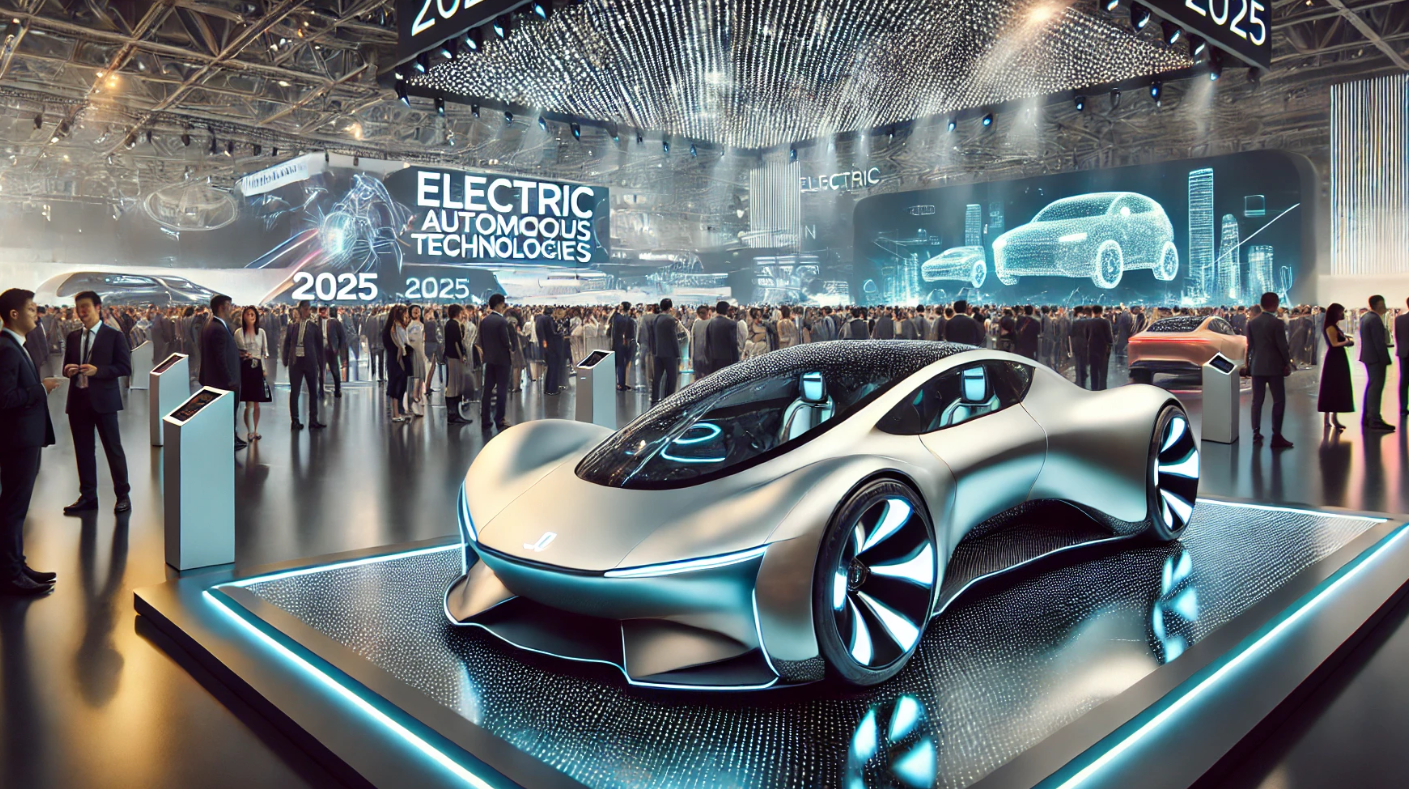The automotive industry in 2025 is undergoing a transformative phase, influenced by technological advancements, geopolitical tensions, and evolving consumer preferences. This year marks a pivotal point where manufacturers, policymakers, and consumers are collectively redefining mobility. The convergence of electric vehicle (EV) proliferation, software integration, and global economic dynamics is reshaping the industry’s trajectory.
The Electric Vehicle Surge and Its Implications
Electric vehicles have transitioned from niche alternatives to mainstream contenders. In China, the world’s largest automotive market, EV sales have surged, with companies like BYD leading the charge. BYD’s strategic focus on vertical integration and diverse offerings has resulted in record profits of $5.5 billion in 2024. However, the rapid expansion has intensified competition, leading to thin profit margins for many players. Notably, over 169 EV brands vie for market share in China, with only a select few achieving significant profitability.
Xpeng, another Chinese EV manufacturer, exemplifies the challenges in this competitive landscape. Despite ambitious plans for global expansion and investments in AI-driven technologies, Xpeng has yet to attain profitability. The company’s endeavors highlight the delicate balance between innovation and financial sustainability in the EV sector.
Geopolitical Tensions Impacting the Automotive Sector
The 2025 Shanghai Auto Show underscored the influence of geopolitical dynamics on the automotive industry. The ongoing U.S.-China trade war has introduced uncertainties, with the U.S. imposing a 145% tariff on Chinese imports and China retaliating accordingly. These measures have disrupted global markets and pressured automakers, prompting U.S. auto groups to advocate for tariff reductions.
Furthermore, safety concerns have come to the forefront. A fatal accident involving Xiaomi’s SU7 EV led Chinese regulators to scrutinize terms like «smart driving,» compelling automakers to prioritize safety features over technological novelties. Companies such as Xpeng and Geely have initiated safety training and testing programs, while Tesla has scaled back its operations in China due to tariffs and export restrictions on rare earth magnets.
Tesla’s Strategic Pivot with the Cybertruck
Tesla’s Cybertruck, initially marketed as a futuristic, high-status vehicle, has encountered challenges since its 2023 launch. With fewer than 50,000 units delivered and inventory accumulating, Tesla has embarked on a rebranding strategy. The company now positions the Cybertruck as a practical, work-capable pickup, akin to the Ford F-150. This shift aims to appeal to blue-collar consumers, especially in regions where utility and durability are paramount. By emphasizing towing capacity and workplace utility, Tesla seeks to rejuvenate sales and broaden its customer base.
Consumer Behavior and Market Outlook
Consumer preferences are evolving, influenced by technological advancements and economic factors. The 2025 Global Automotive Consumer Study reveals a growing interest in vehicle electrification, connectivity, and mobility as a service (MaaS). However, the adoption of new technologies varies across regions, with some markets exhibiting hesitancy due to infrastructure limitations and cost considerations.
Economic indicators suggest a positive outlook for the automotive market. Cox Automotive forecasts new-vehicle sales reaching 16.3 million units in 2025, the highest level since 2019. Improved credit availability and enhanced loan portfolio performance contribute to this optimistic projection. Nevertheless, manufacturers must navigate challenges such as supply chain disruptions and regulatory compliance to capitalize on these opportunities.
Innovations and Future Prospects
The integration of artificial intelligence (AI) and advanced software is redefining the automotive experience. Automakers like Stellantis and Mercedes-Benz have incorporated AI-driven virtual assistants, enhancing vehicle connectivity and personalization. These systems offer insights on destinations, local attractions, and real-time traffic updates, transforming vehicles into interactive platforms.
Looking ahead, the industry is poised for further innovation. The development of autonomous vehicles, advancements in battery technology, and the exploration of alternative energy sources are set to shape the future of mobility. As manufacturers invest in research and development, collaborations between tech companies and automakers are becoming increasingly prevalent, fostering a dynamic ecosystem of innovation.
Conclusion
The automotive industry in 2025 stands at the intersection of technological innovation, geopolitical complexities, and shifting consumer expectations. As electric vehicles gain prominence and software integration becomes integral, manufacturers must adapt to a rapidly changing landscape. By prioritizing safety, embracing innovation, and understanding consumer needs, the industry can navigate the challenges and seize the opportunities that lie ahead.


